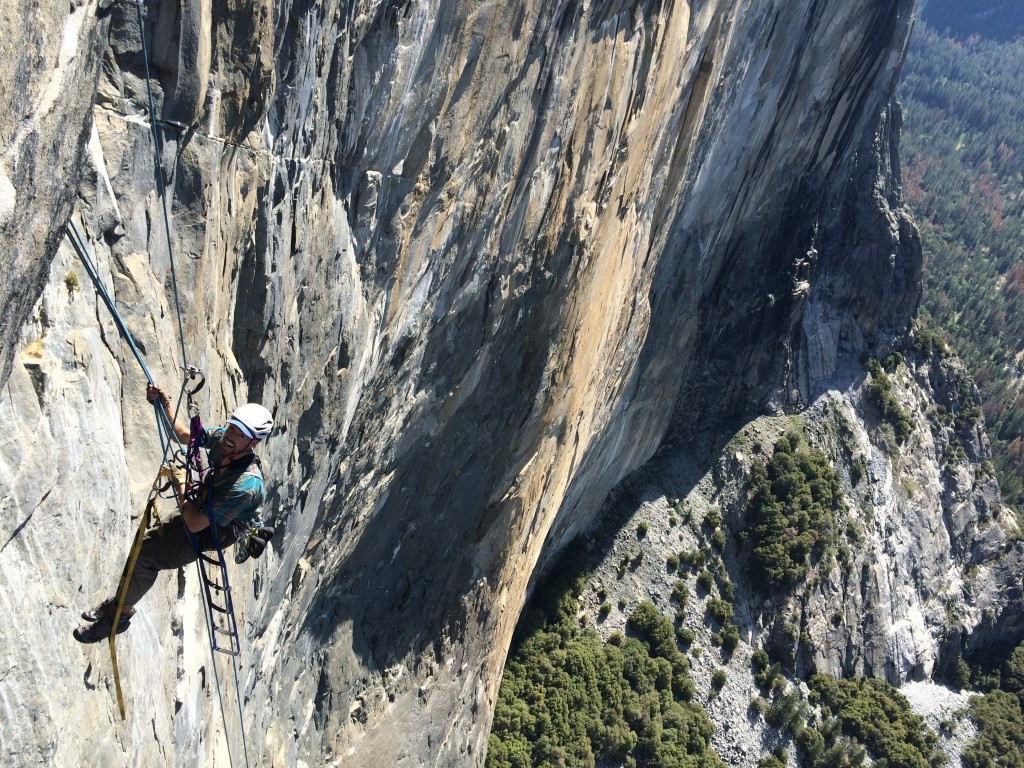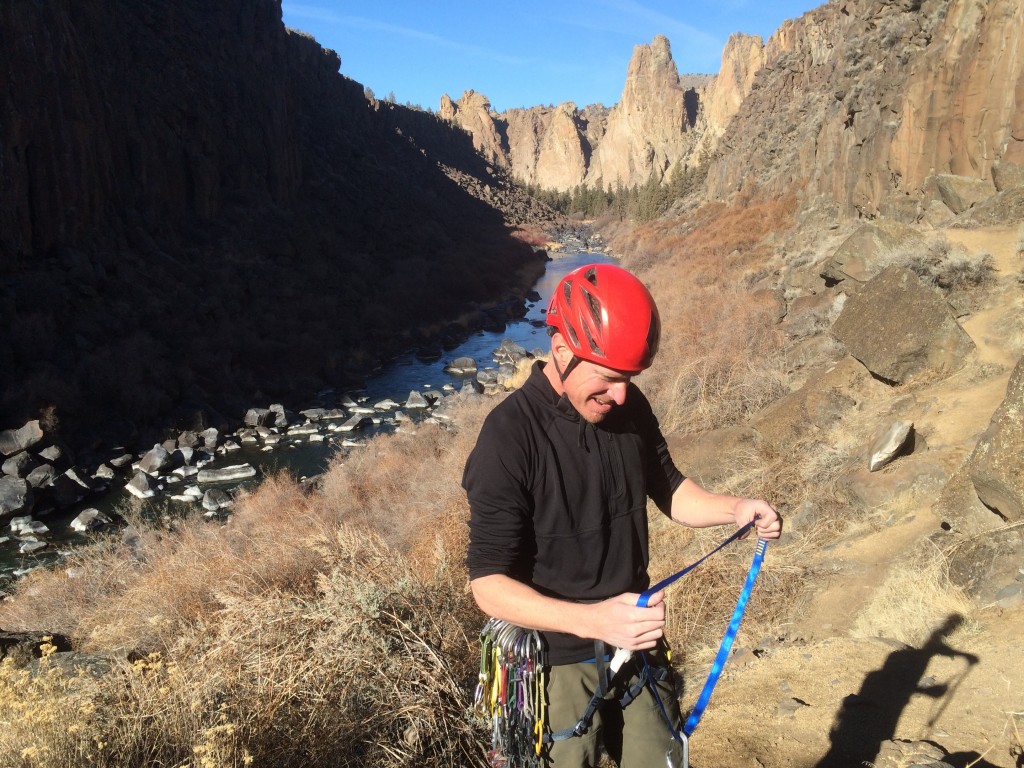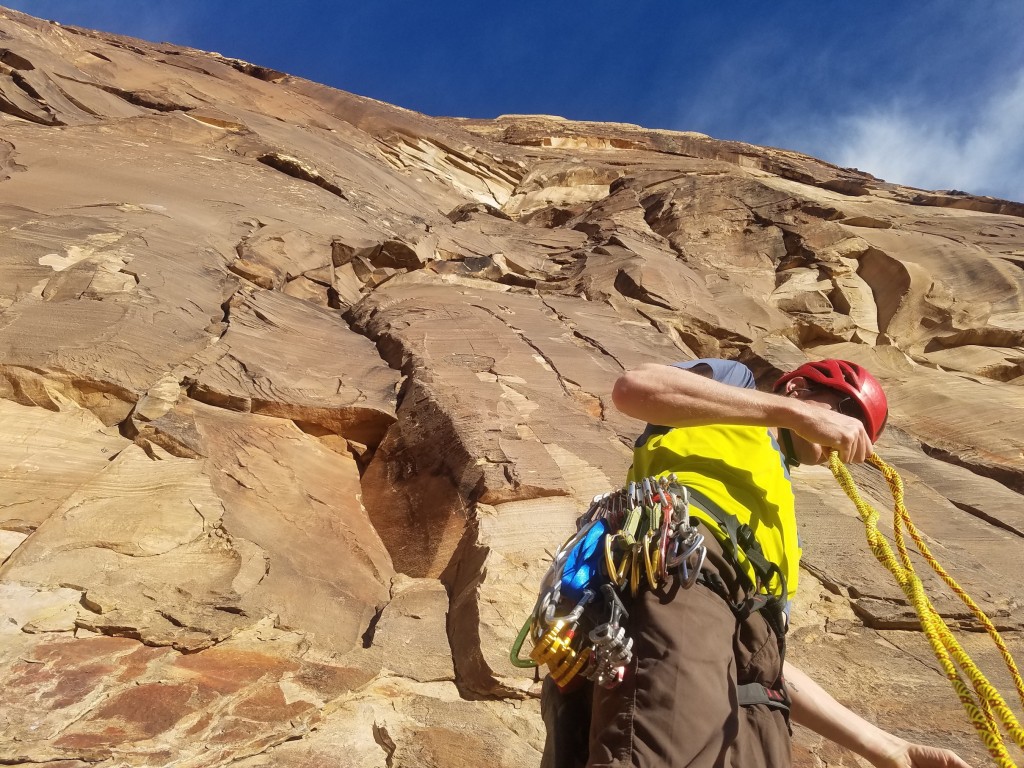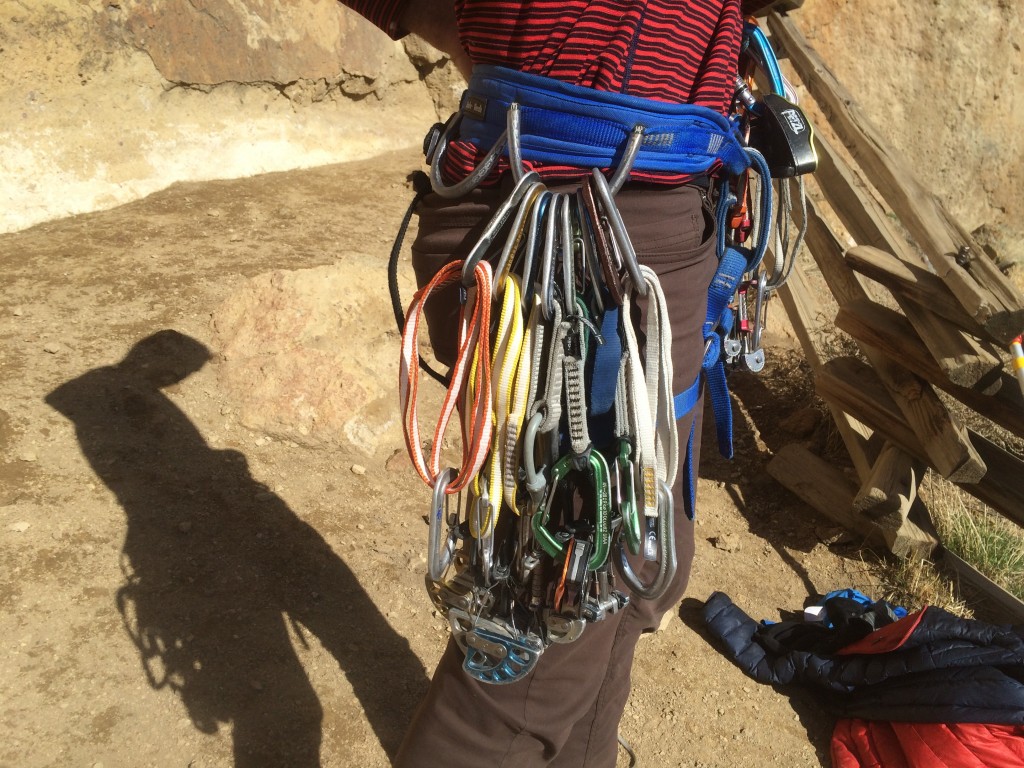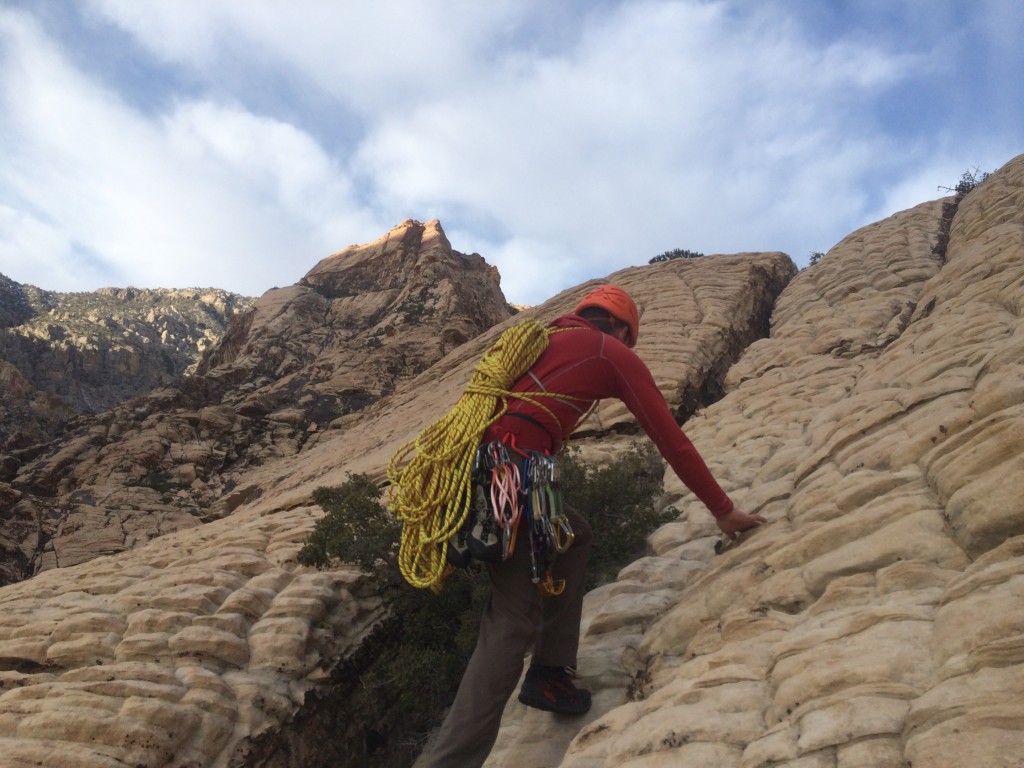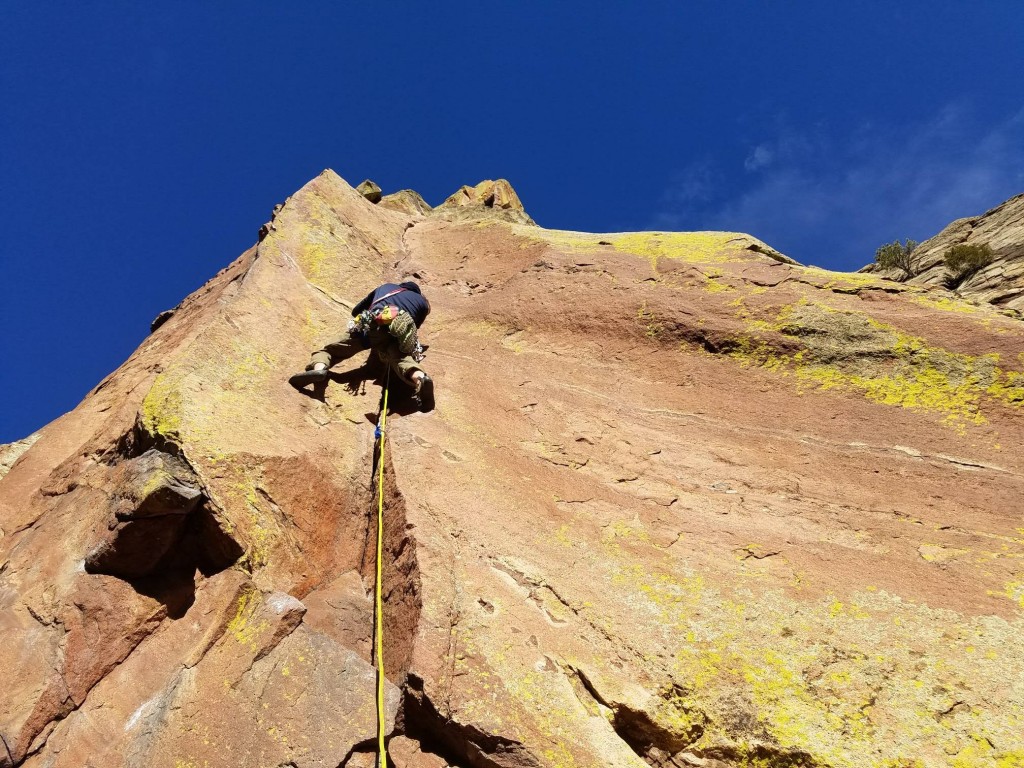While climbing slings are often needed on traditional routes while cragging close to the ground, they are imperative pieces of equipment when you head out on a multi-pitch adventure, whether that means a traditional climbing in sunny climates or tackling giant alpine missions on rock and ice. For that reason, we tested these slings on long days in the mountains and at some of the most famous and popular climbing areas in the United States. Yosemite Valley and the High Sierra has long been the home of OutdoorGearLab, where we began testing slings and other climbing gear almost a decade ago. We built on our knowledge of slings from a lifetime of climbing and extensive testing by taking them up a number of classic climbs in popular trad climbing destinations in the West such as Red Rocks, Eldorado Canyon, the Bugaboos, and Smith Rock.
Most of what we know about slings and how well they perform, including what factors are the most important in determining performance, comes from lifetimes of climbing experience and input from many testers. Most of our testing and opinions come from actual days on the rock, using these slings as they are designed to be used, and noticing how they compare in the moment to all of the others. At times, we augment this field testing with comparative, side-by-side tests done in a controlled setting to gain more knowledge or understand subtle differences between very similar items.
Handle
When assessing for handle, we gathered most of our information while out on long multi-pitch climbs, which gave us solid opinions about which slings feel better in the hand, and certainly which ones we prefer to use on these types of climbs. We then compared them all side-by-side, closely studying how they feel in our hands, how they bend and flex, and how they compare to each other, before coming up with the scores.
Knot Test
The knot test was conducted by tying each sling into two different knots, using the same locking carabiner, weighting them to see how tightly they cinched up, and then comparing how easy it was to untie the knots that had been weighted. The knots tested were the clove hitch and figure-eight on a bight, although the clove hitch proved easy to untie regardless of the type of sling used. Weighting and untying the figure-eight produced widely different experiences depending on the sling, which a large percentage of the score is based upon, but we also figured in how easy it is to tie knots with these slings as well, including how likely they are to twist and not dress up neatly when tightened.
Alpine Quickdraw Test
An Alpine Quickdraw is the most common and versatile way of carrying a double-length sling with two carabiners, and being able to quickly and simply make one and then release and extend it is a critical component of how well a sling functions. To test this, we took each sling, with the same two carabiners, and made at least five alpine quickdraws in quick succession, as well as extending them, to study what the differences were between each sling. Those slings that were easier and smoother to manipulate scored higher than those that easily became hung up, didn't easily equalize, or had a lot of friction based on their size or width.
Weight
Upon receiving the slings we immediately removed all packaging and weighed them individually, before any sort of use where dirt could become lodged in the fibers and add to the weight. We weighed them on our independent scale, ignoring what the manufacturer has stated as the weight on their website (which is often wrong). For these slings, to be as accurate as possible, we weighed and reported in grams rather than ounces.
Bulk
To test for bulk, we looked at each sling very carefully side-by-side to determine which ones were actually smaller or larger than the others. We started by lining them up based upon width, and then further refined this assessment by noticing which ones were thicker or thinner than others, and which ones included more material in their tubular design than a simple flat webbing design. The least bulky slings received the highest scores.

